'Authentic ragù' means something different depending on who you ask. This regional version from Ferrara challenged a lot of my pre-conceived notions about ragù in general and ultimately stole my heart. Ragù alla Ferrarese is rich and indulgent, and yet deceptively simple to put together. Special thanks to my mother in law for showing me how to make it.

Step 1
Heat the oil gently in a large pot (I use a high quality ceramic casserole dish), then add your onion and black pepper. Fry on a low heat for around 8 minutes, or until the onion completely softens but does not brown.
Step 2
Add your meat - I used 500g of pork mince and 250g of beef mince, but use whatever ratio you like - and turn up the heat. Break the mince up with a wooden spoon while stirring through the onions.
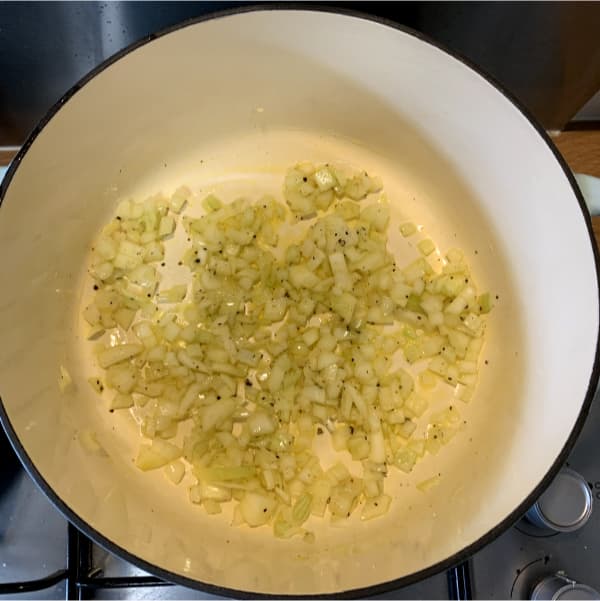

Step 3
When almost all of the pink has been cooked out of the mince, dust on your nutmeg. It might feel like a lot of nutmeg, but trust the process. Your kitchen should quickly fill with a delightfully festive aroma.
Step 4
Add the wine and let it cook for a minute or two, then squeeze in your tomato paste. I don't usually measure it. Instead, the rule I use is to stir in enough to give everything a nice red colour, then stop.
- If you're serving this with tagliatelle, add closer to 5 tablespoons of tomato paste and go slightly lighter on the nutmeg. If serving with stuffed pasta like cappellacci, add slightly less tomato and slightly more nutmeg.
- The quality of the tomato paste, in my opinion, doesn't matter. Save some money and go with the cheapest one you can find.
Step 5
Now pour in enough water to just cover the mince (around 500ml), reduce the heat to low, cover, and leave your ragù to cook for 30 minutes leaving the lid of the pot slightly ajar. Feel free to give it a stir half way through.
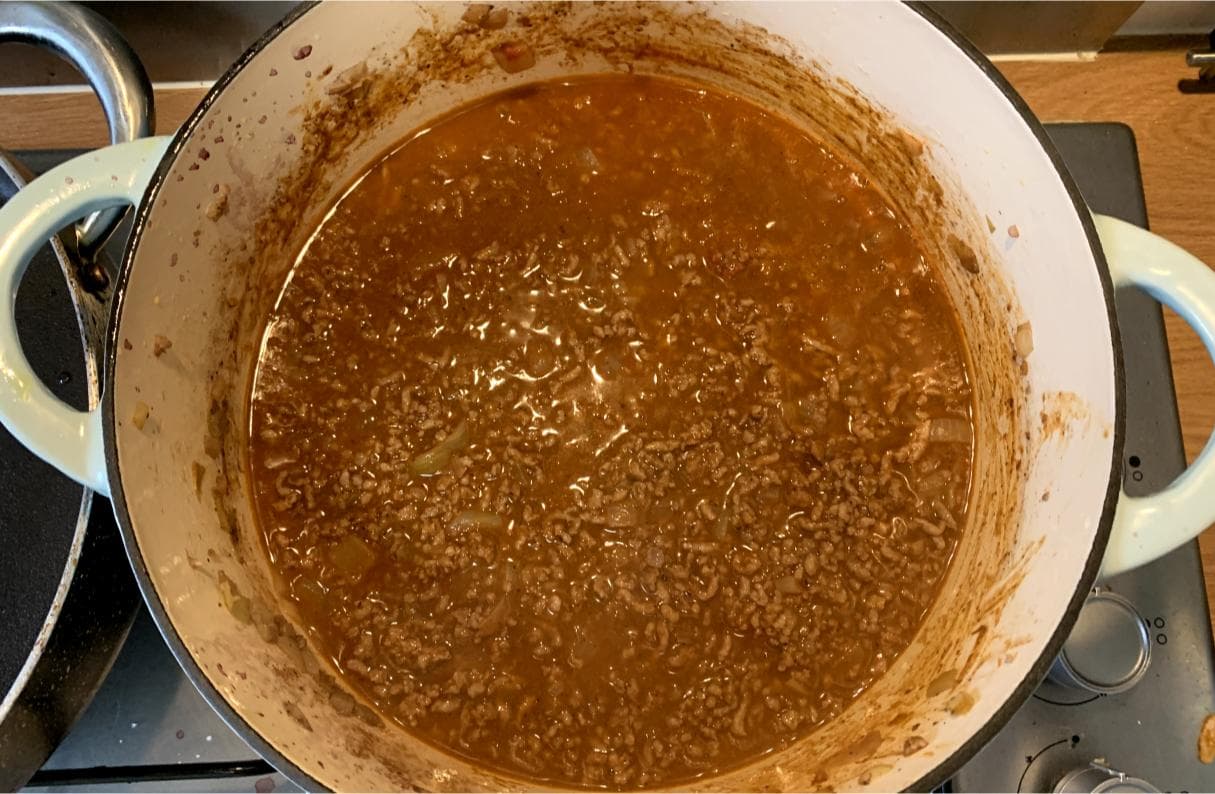
Step 6
Your ragù should be almost ready to go, depending on how much water you added and how quickly it cooked off. So remove the lid, stir, and let it reduce for a further 10-20 minutes.
Aim for a thick, almost gravy-like consistency, oily enough to coat the pasta without drenching it in sauce.
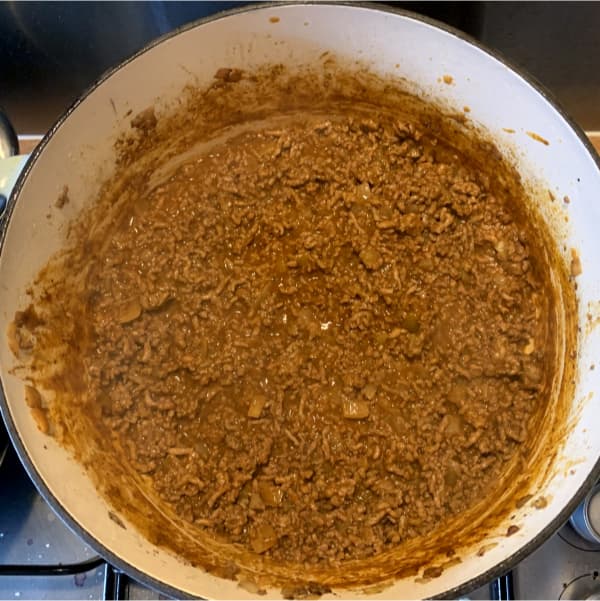
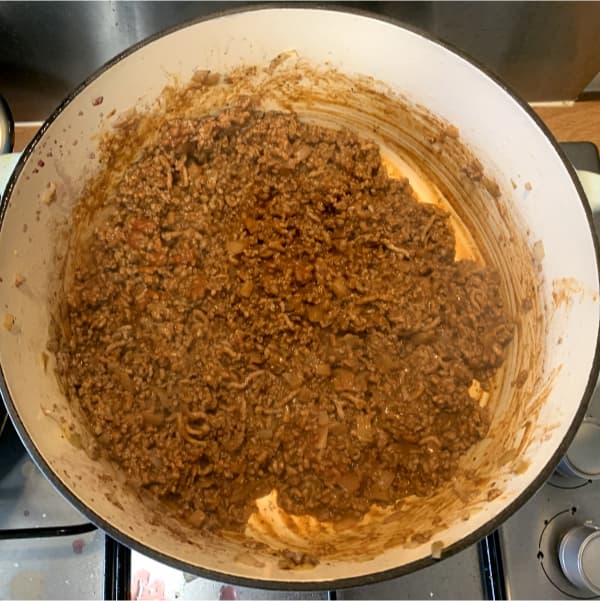
Step 7
Stir, taste, and season with salt. You shouldn't need to add much. Sometimes - as the sauce is going to be stirred through salty pasta and garnished with salty cheese - I don't actually salt it at all.
Now you're all ready for a comforting bowl of deliciously authentic ragù alla Ferrarese. Serve with tagliatelle or pappardelle for maximum decadence.
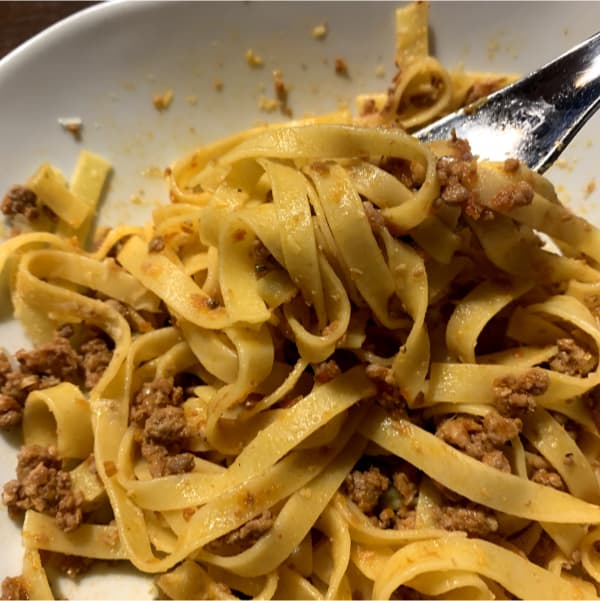

-
My only firm personal rule when it comes to serving ragù alla Ferrarese is: don't add too much.
As this sauce isn't diluted by stock or milk or tinned tomatoes, and contains mimimal ingredients, the principal flavours of meat, wine and nutmeg are wonderfully concentrated. As such, you only need enough to coat the pasta, not provide a lake for the pasta to swim in.
